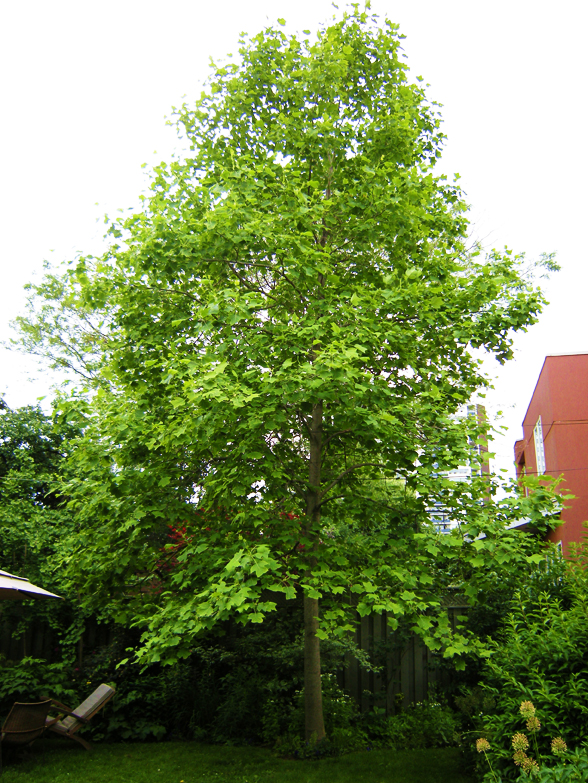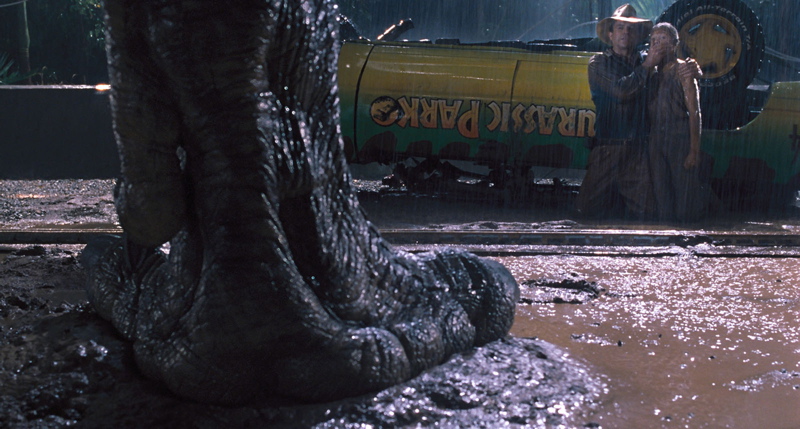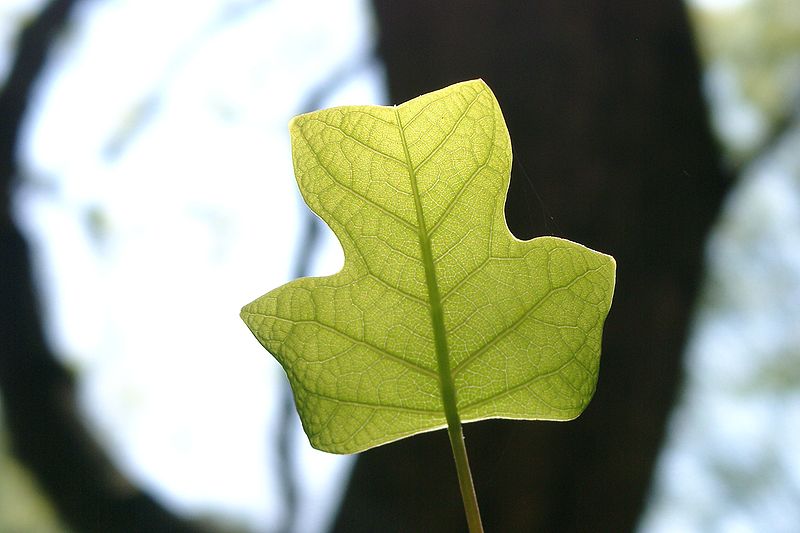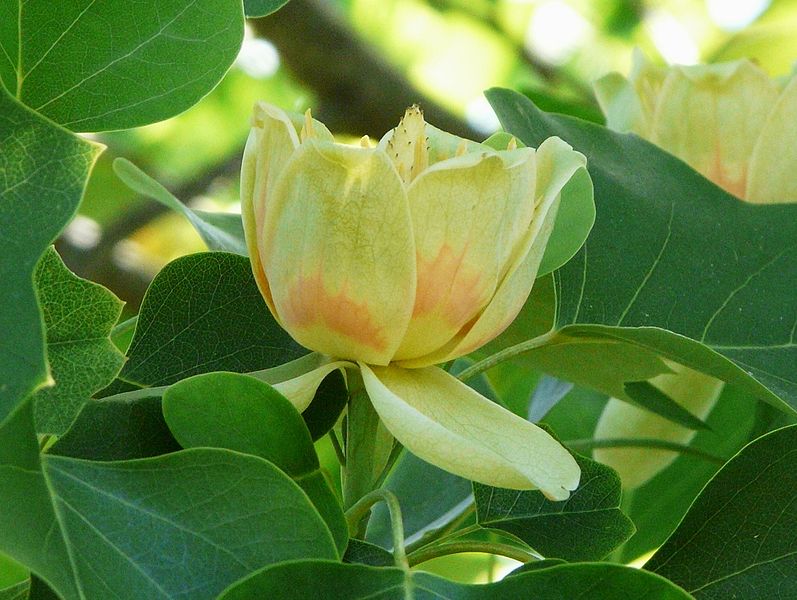Travelling through the leafy underbrush, there is a chance you would run into a tree that looks very similar to a popular modern urban variety – those odd shaped leaves are hard to forget. It’s the tulip tree! Not very helpful in terms of your survival with the dinosaurs (except maybe for shelter from smaller species), but it could be comforting none-the-less.

According to my Big 15 Predator list next to my desk, the T-Rex was pretty much the same size as a tulip tree at full maturity so unless you remember to “be the tree” you may be eaten (thanks to Jurassic Park I think we all know the T-Rex can’t see you if you don’t move).

Researchers have found that the tulip tree has one of the slowest evolutionary rates of any species on the planet! It has managed to retain many of the same traits it originally had over 200 million years ago, and has even been referred to as “frozen in time.”
The tulip trees mitochondrial genome (in humans this is the DNA inherited from our mothers) will now be helping researchers map out the evolution of angiosperms (aka flowering plants) – a modern tree species solving an ancient puzzle – quite a crazy thought.

For those who have not visited the “ancient” tree species of Haida Gwaii - where the ice age receded 2,000 years earlier than the mainland around it – consider planting a piece of history in your own yard! This is an exciting alternative to time travel or flying across the globe (or at least one with a lot less travel costs!)
Maybe this is why I have so much love for the tulip tree? To be honest, who wouldn’t love a large tree species that has leaves shaped like tulip flowers (or if you are me – dinosaur footprints)! The tree also has an effective method for signalling that it is suffering from drought. When it is feeling stressed from lack of water, a few green leaves will often turn yellow, showing the homeowner that it needs a touch more attention from the hose.

And I’m not the only one that loves this tree – if you talk to some of our long-standing clients you will hear them rave over the beautiful yellow and orange flowers that decorate the tree during the summer, attracting butterflies and hummingbirds to their backyards. You have to be patient though, it can take up to 15 years for the flowers to appear after the tree has been planted, but it’s worth the wait!
So what’s growing in your yard?
The Backyard Tree Planting Program is supported by Ontario Power Generation, York Region, Ontario Trillium Foundation, The City of Markham and Toronto Hydro.
